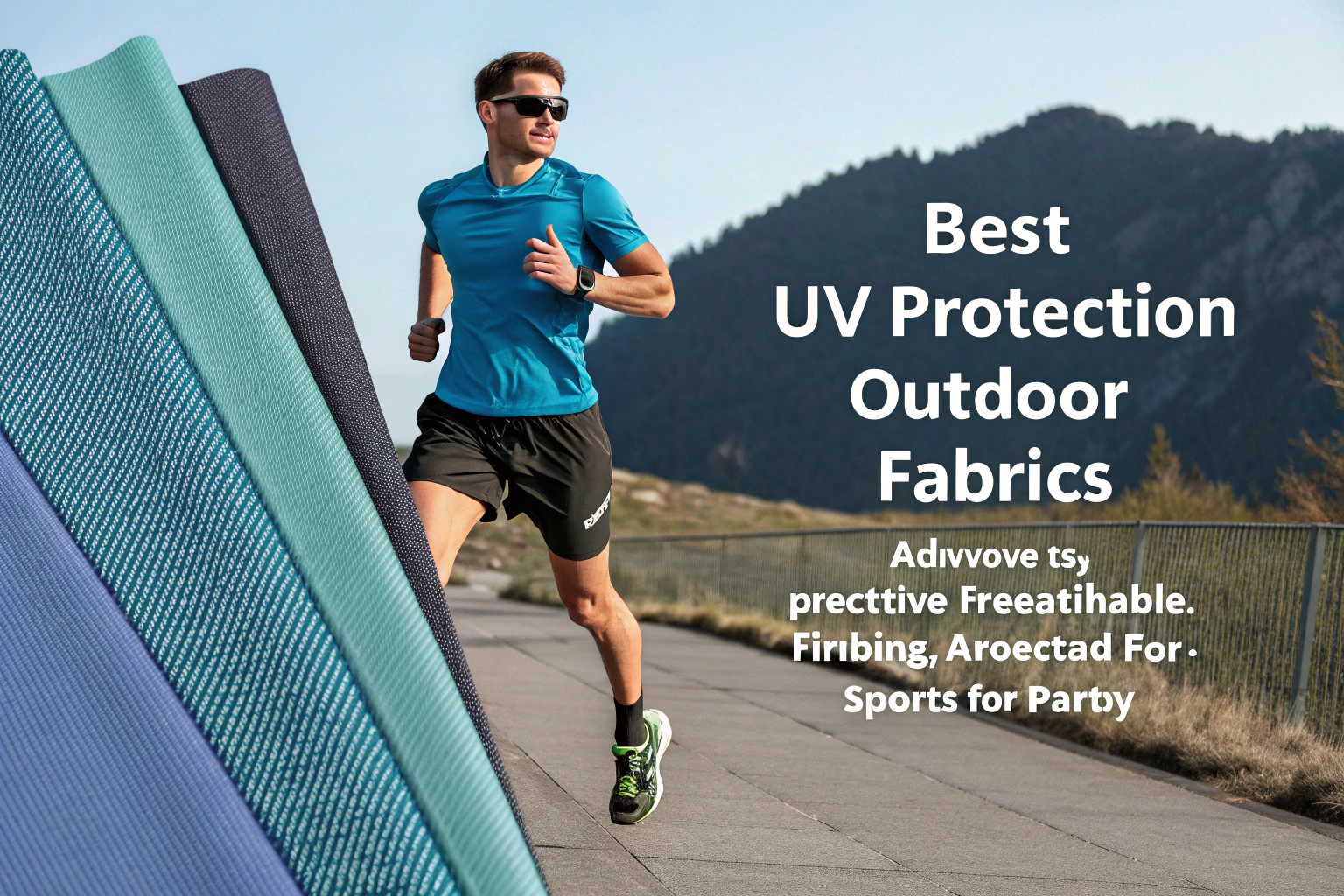As the owner of Fumao Textiles, I've spent over two decades in the heart of China's textile industry. I've seen firsthand how the right fabric can make or break outdoor apparel. When you're sourcing materials for outdoor sports lines, one question always surfaces: which fabrics truly deliver superior UV protection without compromising performance?
The best UV-protection fabrics for outdoor sports apparel combine tightly woven constructions, specialized UV-blocking fibers like polyester and nylon, and advanced finishing treatments that create reliable barriers against harmful radiation while maintaining breathability and comfort for active wear.
What makes a fabric truly UV-protective?
When buyers ask me about UV protection, I always explain it's not just about what the fabric is made from, but how it's engineered. True UV protection comes from multiple factors working together.
The most reliable indicator of sun-protective fabric is its UPF (Ultraviolet Protection Factor) rating. While SPF measures sunscreen protection, UPF measures how much UV radiation can penetrate fabric.
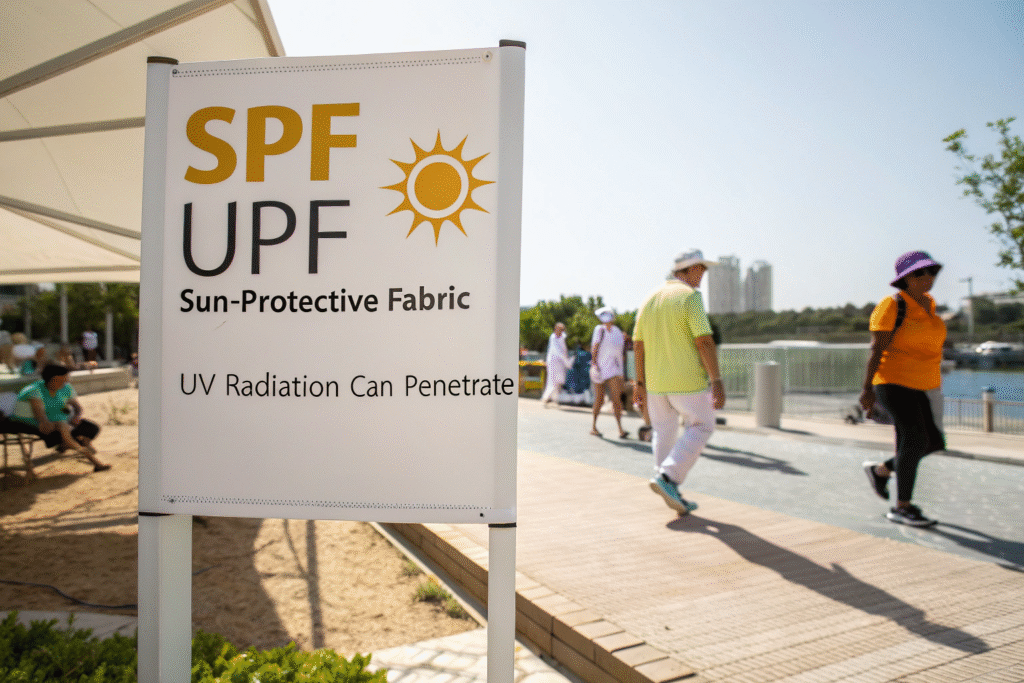
How do fiber choices impact UV protection?
Not all fibers offer equal UV protection naturally. Synthetic fibers like polyester and nylon inherently provide better UV resistance than most natural fibers because their molecular structure absorbs harmful radiation more effectively.
The real game-changer comes from specialized fiber modifications. We work with fiber producers to incorporate UV-absorbing particles right into the polymer before extrusion. Titanium dioxide and zinc oxide can be embedded in synthetic fibers to scatter and reflect UV radiation.
What construction methods enhance UV blocking?
Fabric construction might be the most overlooked factor in UV protection. A tightly woven fabric will naturally block more UV rays than a loose one, regardless of fiber content.
The fabric's thickness and weight also play crucial roles. Heavier fabrics generally provide better protection, but for sports apparel, we need to balance protection with comfort and mobility.
| Construction Type | Typical UPF Rating | Best Use Cases |
|---|---|---|
| Tight Weave | UPF 40-50+ | Hiking shirts, outdoor pants |
| Standard Knit | UPF 15-25 | Athletic wear, base layers |
| Micro-fiber | UPF 30-45 | Running gear, swimwear |
Which synthetic fabrics offer superior UV protection?
In my twenty years supplying outdoor brands, I've consistently seen synthetics outperform natural fibers for UV protection in sports apparel.
Polyester stands as the undisputed champion for UV protective sportswear. The benzene rings in polyester molecules absorb UV radiation naturally, giving untreated polyester fabrics UPF ratings around 15-20.
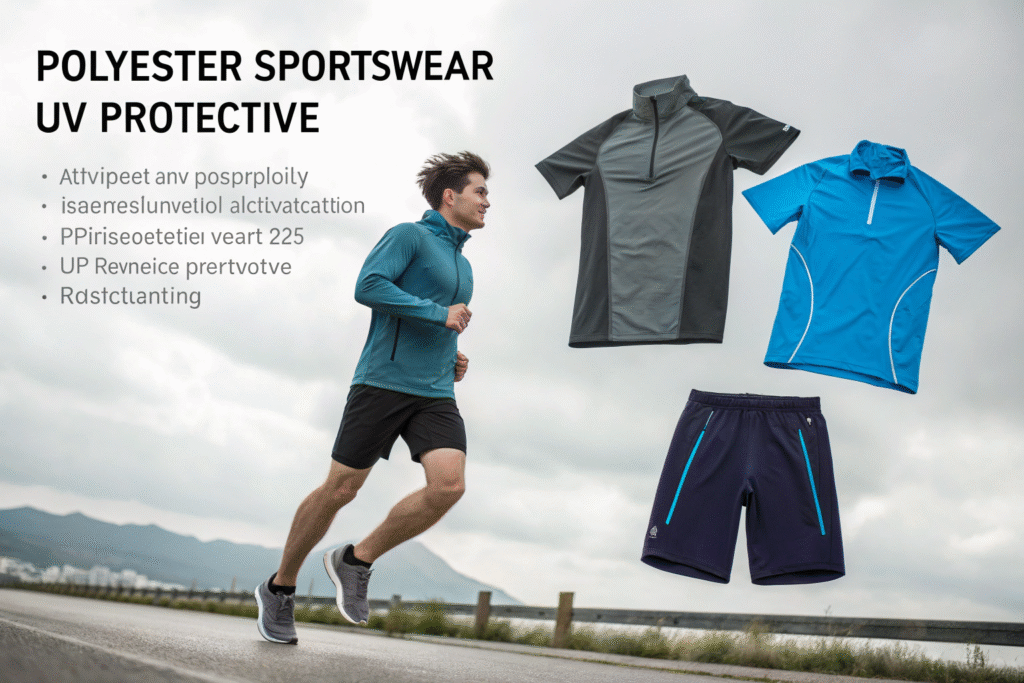
Why is polyester the top choice for UV blocking?
Polyester's dominance in UV-protective sportswear comes down to chemistry and performance. The aromatic polymer structure of polyester contains benzene rings that naturally absorb UV radiation.
Beyond its natural UV resistance, polyester offers performance benefits perfectly suited to outdoor sports. It wicks moisture away from the skin efficiently, dries quickly, and provides excellent durability against abrasion.
How can nylon fabrics be optimized for sun protection?
Nylon presents an interesting case for UV protection - while it doesn't have polyester's natural UV absorption, its strength and versatility make it ideal for engineering high-performance protective fabrics.
Where nylon truly shines in outdoor apparel is in its exceptional strength-to-weight ratio and superb stretch recovery. This allows us to create ultra-lightweight protective fabrics that don't sacrifice durability.
What role do fabric treatments and finishes play?
While fiber selection and construction form the foundation of UV protection, specialized treatments and finishes often make the difference between adequate and exceptional sun protection.
The most effective UV-protective finishes use ceramic particles or specialized compounds that either scatter or absorb UV radiation. We apply these during the dyeing or finishing stages.
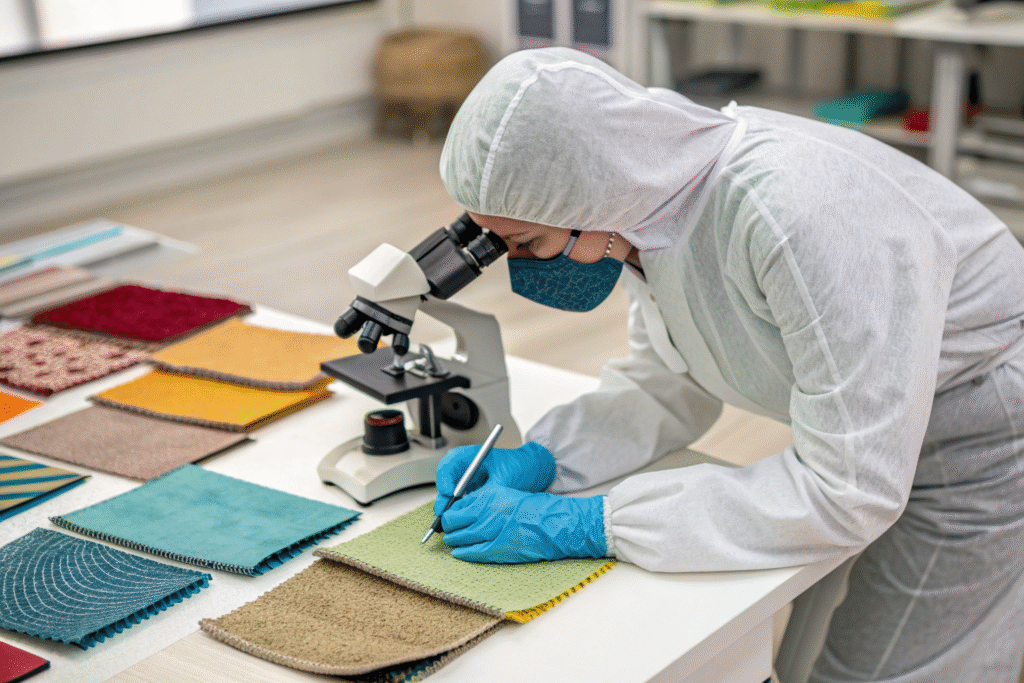
How do UV-inhibiting finishes enhance protection?
UV-inhibiting finishes work through two primary mechanisms: absorption and reflection. Absorptive finishes contain compounds that transform UV radiation into harmless heat energy.
The application method significantly impacts the finish's effectiveness and durability. We prefer pad-cure application where the fabric is immersed in treatment solution then cured at high temperatures.
What sustainable UV protection options exist?
Sustainability has become increasingly important in functional finishes, and UV protection is no exception. We've invested significantly in developing eco-friendly alternatives.
Beyond finishes, we're exploring fiber-level solutions that minimize the need for additional chemical treatments. Our recycled polyester with embedded UV protection uses upcycled PET bottles.
How to verify and test UV protection claims?
In an industry where marketing claims sometimes outpace actual performance, verifying UV protection claims through proper testing is essential.
The testing standard matters greatly for result accuracy. We adhere to AS/NZS 4399:1997, the Australian/New Zealand standard that has become the global benchmark for UPF testing.
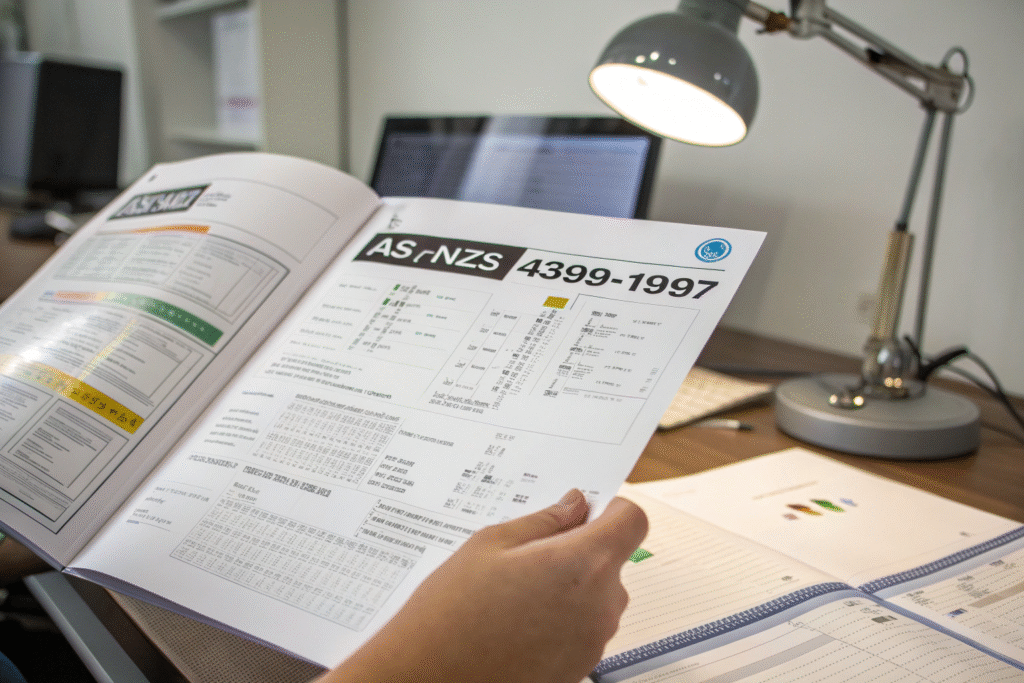
What certification standards should buyers look for?
When evaluating UV-protective fabrics, several certification standards provide assurance of legitimate protection. The UPF rating system itself is the most fundamental indicator.
For buyers seeking additional quality assurances, broader certifications can indicate comprehensive testing and manufacturing standards. The Oeko-Tex Standard 100 certification confirms fabrics are free from harmful substances.
How does fabric care impact long-term UV protection?
The durability of UV protection varies significantly across fabrics and treatments, making care instructions an essential consideration for long-term performance.
To maximize protection longevity, we provide specific care guidelines with our UV-protective fabrics. We recommend mild, pH-neutral detergents without optical brighteners.
Conclusion
Selecting the right UV-protection fabrics for outdoor sports apparel requires careful consideration of fiber content, construction methods, finishing treatments, and verification processes.
The verification of UV protection claims through proper testing cannot be overstated - without legitimate certification following international standards, performance claims remain questionable.
If you're looking to develop outdoor sports apparel with verified UV protection, we invite you to experience the Fumao difference. Contact our Business Director Elaine at elaine@fumaoclothing.com to discuss your specific requirements.

